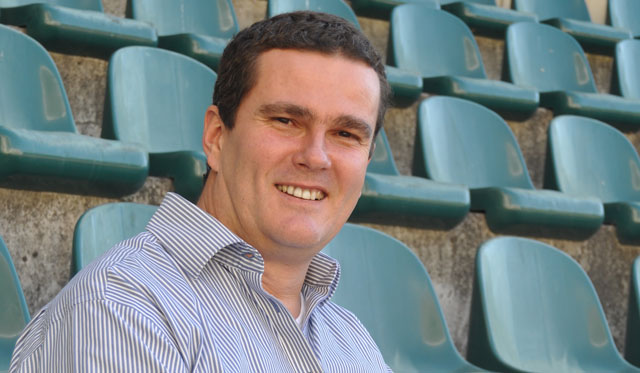
Fledgling fibre-to-the-home infrastructure provider LinkAfrica Group, formerly known as i3 Africa, is finally ready to begin its trial network in Umhlanga, north of Durban, and is also gearing up to begin rolling out fibre in Pretoria and Cape Town.
In March 2011, TechCentral revealed the company’s plans to use the municipal sewerage and water networks in SA’s main urban centres to build the fibre-optic network, which would offer access speeds of between 100Mbit/s and 1Gbit/s. Acting CEO Cornelis Groesbeek says it has taken longer than expected to get the project off the ground because of difficulties in obtaining permissions from residents, businesses and government.
But plans to build a pilot network in Umhlanga Ridge and the adjacent suburb of Somerset Park are now forging ahead, with services expected to be available in the next few months. If the pilot project works as expected, LinkAfrica plans to seek the funding it needs to extend the network to other parts of the country.
LinkAfrica, which is backed by the National Empowerment Fund (it holds 30% of the equity), will build the fibre network to standalone homes, housing estates, office parks and even a shopping centre that straddle the M41 motorway in the upmarket Durban suburb.
Dimension Data division Internet Solutions and MWeb have signed on to provide Internet services to businesses and residents in the area over the LinkAfrica infrastructure. MWeb parent MultiChoice will provide an Internet protocol television product.
Groesbeek says it’s been a big challenge getting buy-in from local government as well as from bodies corporate, resident associations and the management associations that look after affected office parks, most of which have strict rules governing how and where infrastructure can be deployed.
“No one is keen on the idea of new poles or cabinets in their suburbs, so it becomes enormously complex,” Groesbeek says. “It’s an iterative process to find a technical solution that meets the approval of all of these stakeholders. It consumes a lot of time and escalates costs.”
The solution, he says, is to extend fibre through the sewers as much as possible. However, because the sewer system in many parts of SA is degraded, and because it’s not always contiguous, more than 50% of fibre has to be built by means of trenching, which again adds cost. However, Groesbeek says LinkAfrica has prepared the groundwork and is now ready to begin building the trial network in conjunction with its technology partner, China’s Huawei.
The pilot consists of 230 houses and 550 businesses of various sizes. The company will use a mix of technologies — fibre to the business, fibre to the home and fibre to Wi-Fi. The idea behind the last of these is to connect Wi-Fi routers into the optical network and create a dense, high-speed wireless mesh offering guaranteed access speeds of 20Mbit/s.
“We are going to cover the whole of The Square [an Umhlanga-based shopping and office complex] with Wi-Fi, connecting 60 small, medium and micro enterprises,” Groesbeek says. “It’s a superb answer to ADSL and the cost advantages are compelling.”
The trial will allow LinkAfrica to test its assumptions, he says. “I still think there’s a business in this, but given the SA environment and the regulatory complexity and other problems you have to overcome in the ‘last mile’, I don’t believe there are more than 2m or 2,5m households that are feasible for a privately funded fibre-to-the-home deployment. It will have to be a mix of fixed and wireless last-mile technologies.”
Another challenge is raising the funding that will be needed to build the fibre network nationally. Groesbeek says the National Empowerment Fund is helping LinkAfrica raise the cash it needs, but he estimates that the extending fibre to 2,5m SA homes will cost as much as R16bn. The problem is funders in SA — and worldwide — are very risk averse.
LinkAfrica is not only planning to build fibre into homes and businesses but is also building fibre metro networks to act as backhaul and to connect base stations owned by the mobile operators. It is already investing extensively in this network in Durban and is starting trial deployments in Cape Town and Pretoria to demonstrate to the metropolitan municipalities how its fibre is deployed in the sewer system. “After that, we will launch full-scale build programmes [in those cities] as well.”
Groesbeek says that although taking fibre through the sewers is not a lot cheaper than trenching, the advantage is the company can deploy the network four to five times faster. — (c) 2012 NewsCentral Media




